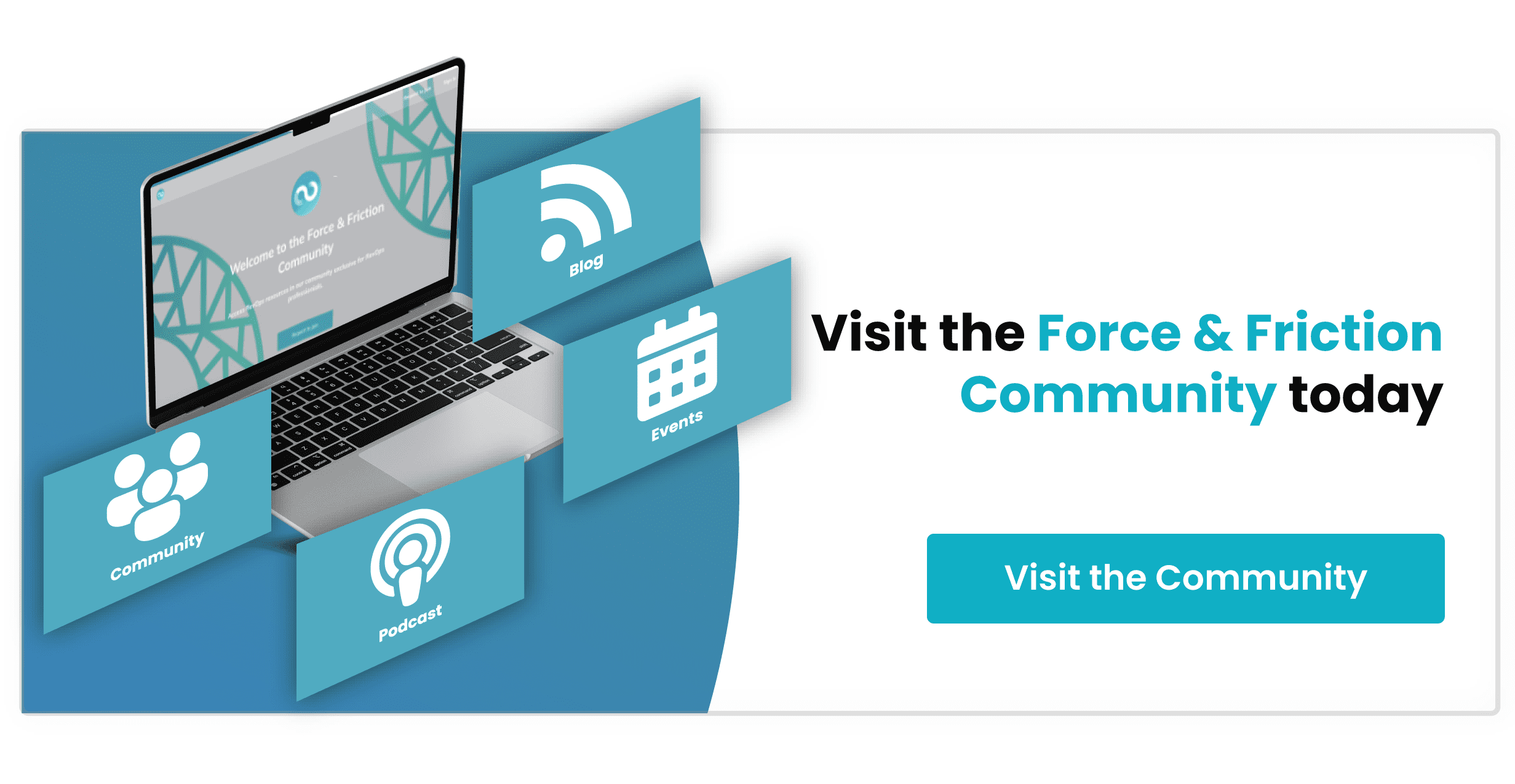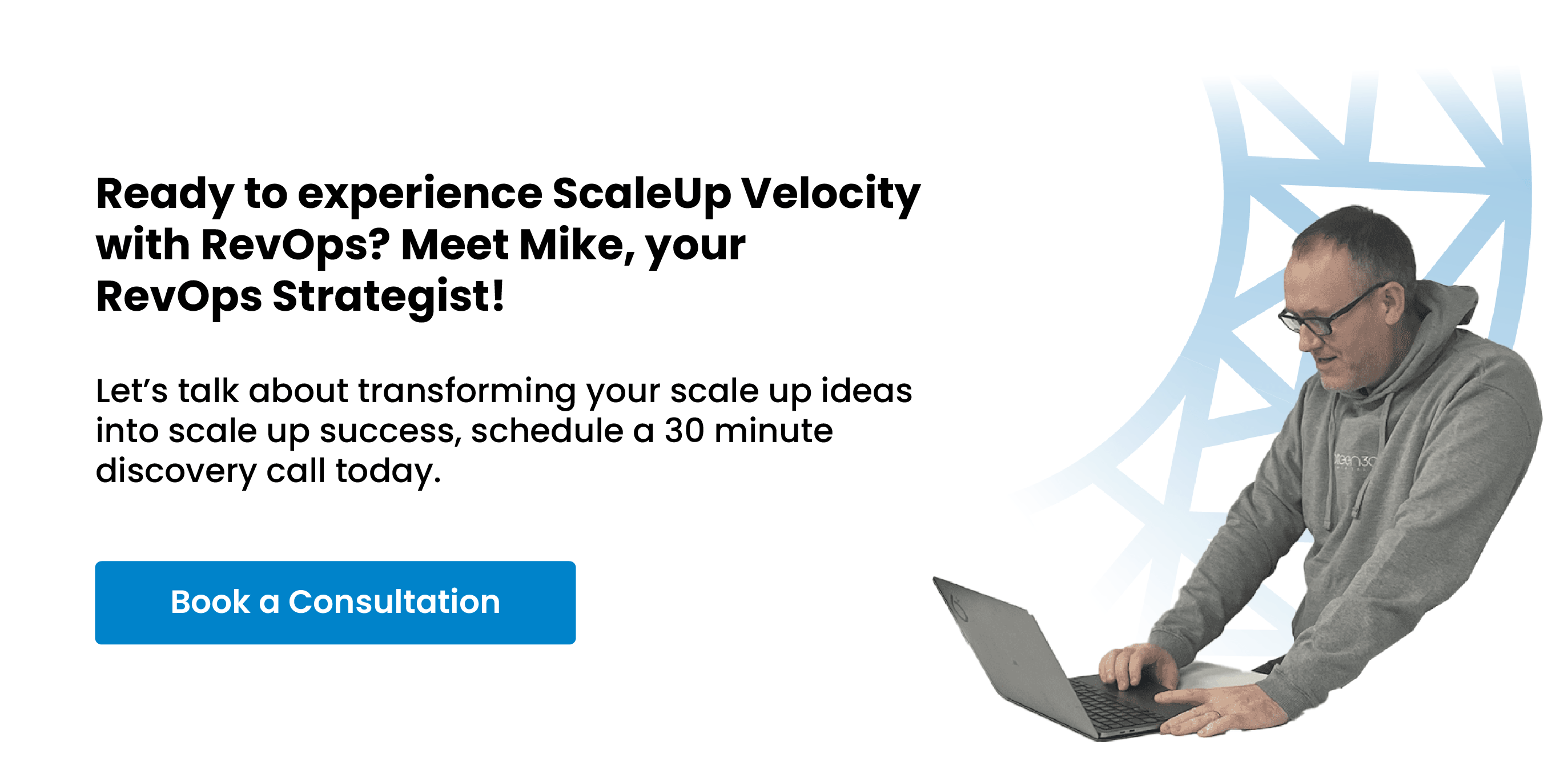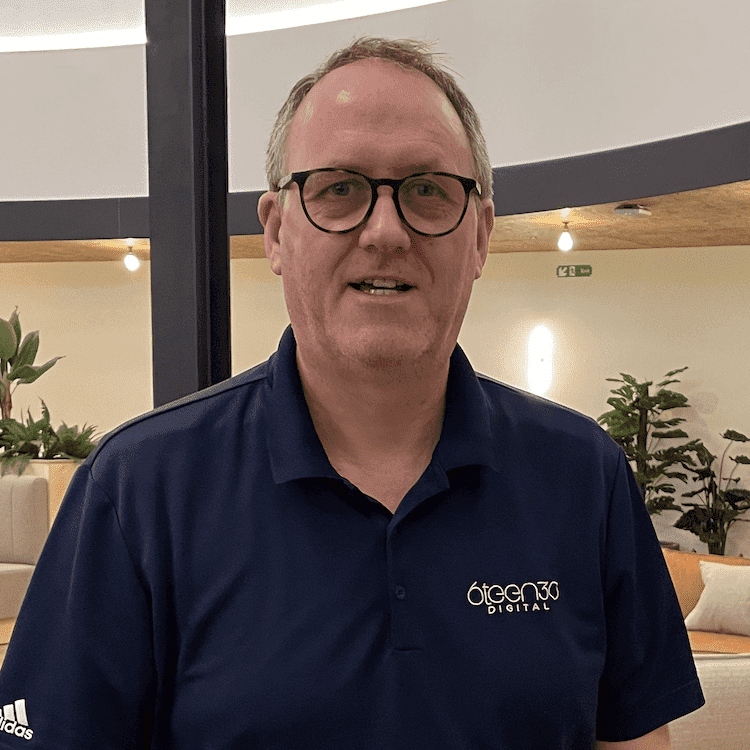
From Inefficiency to Efficiency: The Benefits of Process Optimization in RevOps | #RevOpsLife
As with any strategic approach involving RevOps, the importance of optimizing your business and revenue-generating processes across the organization cannot be understated, in fact, it's just fundamental.
You will hear lots of terms from us and the wider web around removing friction from the flywheel, and this is absolutely the correct approach whatever you describe it as, and to execute on this, one of the key components of a successful RevOps strategy I always work on with clients is to implement is process optimization with a friction finder workshop.
By analyzing and improving your sales, marketing, and customer success processes, as a high-growth / scale-up organization you can streamline your workflows removing that pesky friction, which has a positive knock on effects like reducing costs and generating more revenue.
So What is Process Optimization?
‘Process optimization is the practice of analyzing and improving business processes to increase efficiency, reduce waste, and drive revenue growth’
In the context of RevOps, process optimization involves analyzing and improving revenue-generating processes and applying these to workflows.
As an example, I recently completed a friction finder workshop with a service consulting business in Florida, USA that provides customized high-touch premium solutions to clients in the financial services industry.
The company had experienced rapid growth in recent years, but with that growth came several challenges internally that meant they were now spinning wheels and frustration had set in across their team.
Their sales process was elongated, their marketing campaigns were not generating enough leads as a result of tactical first approach (instead of strategic first approach), and their customer success workflows were not as effective as they could be, often slowed down by the professional services teams own involvement meaning the wrong people were dealing with urgent requests that were taking days or weeks to solve.
When we started with their RevOps implementation, their management team realized after the first friction finder workshop that they had issues (friction) all over their client journey. It was slowing down the time to billing revenue post services starting and completing and the need to optimize their processes to continue scaling up and equally as important to improve client service was essential.
So Why is Process Optimization Important?
‘Process optimization is critical for organizations looking to scale their revenue operations’.
These inefficient processes in this same service consulting company were leading to lost sales, late billing and valuable professional services consulting time being wasted plus other resources, their clients were also getting increasingly frustrated, feeling that as the firm had grown, their service was decreasing and one client interviewed stated they no longer felt like a person, just a billing number.
Optimizing their sales, marketing, and customer success processes was an urgent and necessary requirement to restore trust and restore the ‘old' and better service levels back to their clients, plus provide some confidence to their internal team.
So How to Optimize Processes in RevOps Strategy
Every business will have different demands, so you need to check your requirements carefully and here are five recommendations along with practical examples to get you started on your RevOps process optimization journey.
1: Map Out Existing Processes:
Start by mapping out your existing sales, marketing, and customer success processes to identify inefficiencies and bottlenecks.
Find the Friction!
This involves creating process maps that document each step in the process and the people, technology, and data involved.
-
Use process mapping tools such as Lucidchart, Gliffy, Miro (my favourite) or Microsoft Visio
-
Start by identifying a specific process to map out, such as the sales process or a marketing campaign
-
Identify the key stakeholders involved in the process, the data and technology used, and the specific steps involved in the process
-
Map out the process visually to identify inefficiencies and bottlenecks
2: Identify Areas for Improvement:
Analyze the process maps to identify areas for improvement. Focus on high-impact areas that can generate the most significant revenue gains, such as reducing the sales cycle or improving customer retention.
This could involve looking at metrics such as lead-to-opportunity conversion rates, opportunity-to-close rates, and customer lifetime value.
-
Use a combination of data analysis and stakeholder input
-
Look at key metrics such as conversion rates, sales cycle length, and customer retention rates to identify areas for improvement
-
Additionally, gather feedback from key stakeholders involved in the process to identify pain points and areas for improvement
3: Streamline Workflows:
Streamline your workflows by removing unnecessary steps, and automating manual processes, using technology to improve efficiency.
Do not turn away from automation, or either go all in, it needs to be a balanced approach and humanistic, involving automation around lead qualification processes, using marketing automation to nurture leads, or using a customer success platform to manage customer onboarding and support is essential.
To streamline workflows, focus on areas like:
-
Removing unnecessary steps and automating manual processes
-
Looking for opportunities to use technology to improve efficiency, such as using a chatbot to qualify leads or using marketing automation to send targeted emails to prospects
-
Consider using workflow management tools such as Click Up, Teamwork, Trello or Asana to improve collaboration and task management

4: Standardize Processes:
Standardize your processes across the organization to ensure consistency and scalability. This will require you to document all processes, creating standard operating procedures (SOPs), and train team members on the SOPs.
To standardize your processes:
-
Create standard operating procedures (SOPs) and document processes in a centralized location such as a wiki or intranet site
-
Make sure that all team members are trained on the SOPs and that they are followed consistently across the organization
-
Create playbooks in HubSpot so these (SOPs) are accessible in the location of your CRM centralized data
5: Measure and Monitor Process Performance:
Measure and monitor your process performance to identify areas for improvement and track progress.
This involves setting KPIs such as sales cycle length, customer acquisition cost, and customer retention rates, and using analytics tools like GA4, Databox, or Lucky orange to track performance.
To measure and monitor process performance, identify key performance indicators (KPIs) and use analytics tools to track performance. For example,
-
Track the conversion rate of leads to opportunities
-
The time it takes to close a sale
-
The cost to acquire a customer
-
Use this data to identify areas for improvement and track progress over time
Here are Some Common Mistakes to Avoid when Optimizing Your Processes:
1. Not involving all stakeholders:
Make sure to involve all stakeholders in the process optimization process, including sales, marketing, and customer success teams. This ensures that everyone is on board with the changes and that the process changes are implemented effectively.
2. Focusing only on one process:
Don't focus solely on optimizing one process, such as the sales process, without considering the impact on other processes. Make sure to take a holistic approach to process optimization to ensure that all revenue-generating processes are working together effectively.
3. Not measuring performance:
Make sure to set KPIs and track performance over time to ensure that the process optimization efforts are generating the desired results. Use this data to continuously improve processes and generate more revenue.
In summary, optimizing processes is a critical component of a successful RevOps strategy. Leaving it too long to get started can result in lost opportunity costs rising, we have seen team resignations and customers leaving for competitors.
By mapping out existing processes, identifying areas for improvement, streamlining workflows, standardizing processes, and measuring performance, your organization can start to use it's (SOPs) to increase its efficiency and generate more revenue.
Remember it's important to involve all your stakeholders, take that wider lens and holistic approach, and use data to inform decision-making when optimizing processes.
Don't let friction hold your business back any longer!
It's time to optimize your processes and maximize your success.
Take the first step towards a more streamlined operation by booking a consultation today. And for even more powerful insights, book a RevOps GamePlan including our proven Friction Finder Workshops, and discover the proven strategies to drive up revenue growth.
Start achieving your goals and reaching new heights of efficiency and profitability.
Schedule Your Consultation today.
#RevOpsLife #ProcessOptimization #RevenueOperations #StreamlineProcesses #ProcessMapping #HubSpotPlayBooks






%20-%20Teal.png?width=500&height=130&name=Force%20%26%20Friction%20-%20Branding%20-%20Logo%20(White)%20-%20Teal.png)